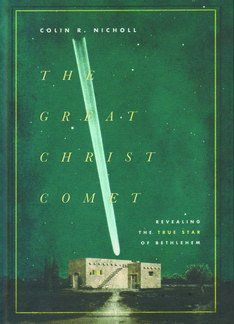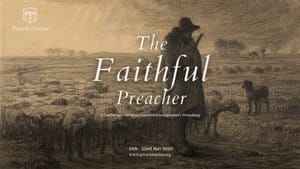Most attempts to develop a coherent, astronomical story behind the Star of Bethlehem have been made by astronomers with limited respect for Scripture. The results have been disappointing.
In contrast, Colin Nicholl treats Scripture with care and respect, paying attention to detail and dealing accurately with astronomy. The book is beautifully illustrated, well written, well researched and amply referenced.
Using Matthew’s birth narrative as reliable historical data, Nicholl notes that the phrase ‘in the east’ (Matthew 2:2, 9) probably refers to the star’s heliacal rising (i.e. rising just before the Sun). To the Magi, whom Nicholl assumes were experienced Babylonian astronomers, this would have held special significance.
He also assumes that, because of the Jewish community in Babylonia at the time of Jesus’ birth, the Magi would also have been aware of Messianic prophecies in the Old Testament.
Having dismissed several previous theories, Nicholl uses Revelation 12:1-5 to build his own comet hypothesis. Whilst accepting this Revelation passage as prophecy depicting cosmic spiritual warfare involving Israel (God’s people), Satan and Christ, he also relates it to a ‘celestial drama’, vividly depicting Christ’s birth as it took place for the benefit of experienced sky-watchers familiar with Hebrew Messianic prophecies.
Specifically, he links the woman (Revelation 12:1) with the zodiacal constellation of Virgo and the dragon (12:3) with the nearby constellation of Hydra (the water serpent). The Christ-child (12:4-5) is represented by Nicholl’s proposed spectacular comet, whose movements and changes in appearance within Virgo depict the birth of Christ.
Nicholl relates the stars flung to the Earth in Revelation 12:4 to a postulated meteor storm, whose radiant (the apparent origin of the meteors) was close to Hydra’s tail.
Assuming that Jesus was born around 6 BC, Nicholl takes the reference to the Sun and Moon in Revelation 12:1 to describe a specific sky configuration. Using modern planetarium software, he dates this as 15 September 6 BC, deducing that the Magi arrived in Bethlehem around the end of November.
The comet would then have had a long, striking tail and, as they approached Bethlehem on the road from Jerusalem, it could thus have ‘pointed out’ the house where Jesus and his mother were.
Nicholl’s hypothesis has been constructed with careful scholarship. However, there are some important caveats. There are no contemporary records of a comet around 6 BC fitting his detailed description. To counter this objection, he estimates that about two thirds of observable comets of the time, even bright ones, would have gone unrecorded. But given his claim that this was ‘the greatest comet in history’, this defence looks unconvincing.
Nicholl also dismisses the idea that the Star of Bethlehem was supernatural, even though there are numerous cases in Scripture of objective supernatural events. Nicholl’s dismissal of the supernatural is unjustified.
Nicholl’s idea that an astronomical drama guided the Magi to the infant Christ comes perilously close to the ‘Gospel in the stars’ concept popularised in the nineteenth century by Joseph A. Seiss and E. W. Bullinger. This implies that the stars can serve as an alternative source of revelation to Scripture, an idea rightly eschewed by most conservative evangelicals.
Nicholl develops his case by interpreting historical probabilities in plausible ways, yet this approach cannot exclude alternatives. It is impossible to achieve certainty in such an exercise. All this means that his claim to have solved ‘the age-old mystery of the Star of Bethlehem’ (p.27) is unjustified. The book is compelling and highly informative, yet it remains speculation.
William Worraker
Berkshire






